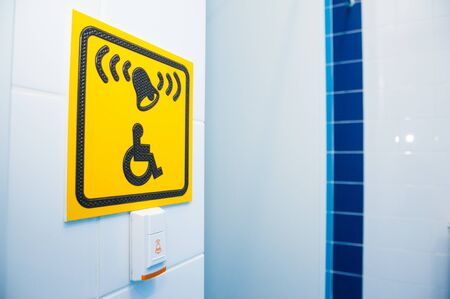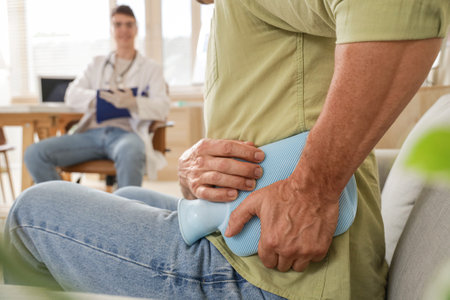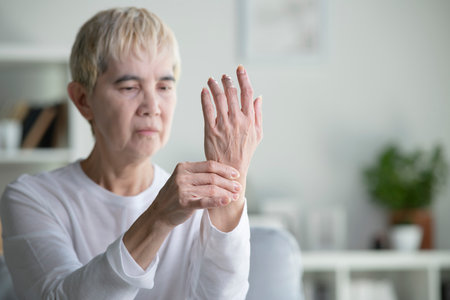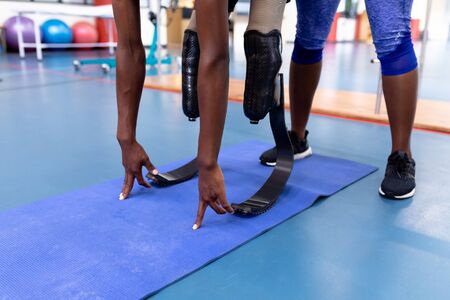A Comprehensive Guide to Adaptive Equipment for Daily Living in the UK: Supporting Independence at Home
Introduction to Adaptive Equipment and UK StandardsAdaptive equipment plays a vital role in supporting individuals to maintain independence and quality of life within their own homes. In the UK, a wide variety of adaptive devices and aids are available to assist people with different levels of physical or cognitive challenges, allowing them to carry out…












